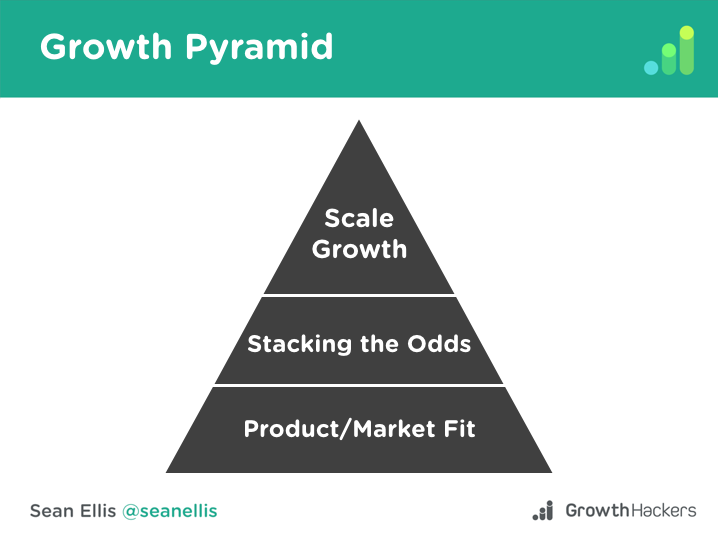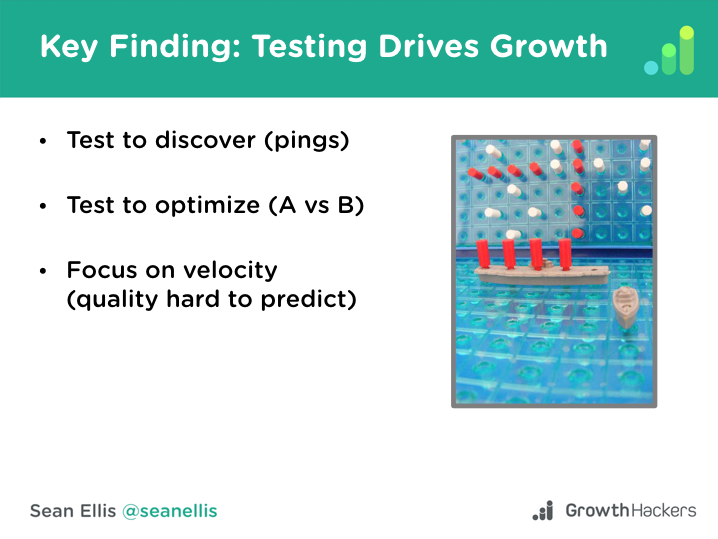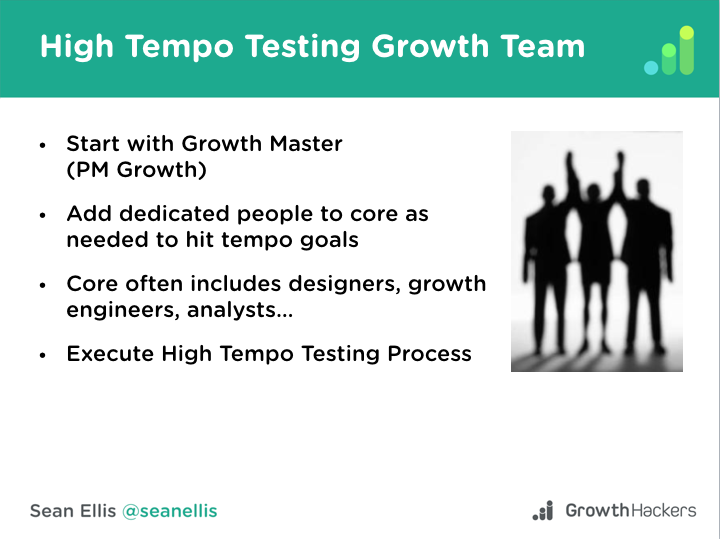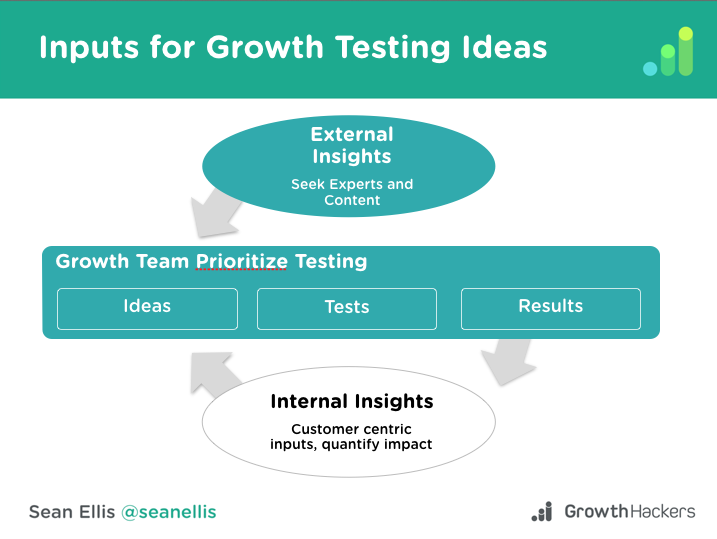“Growth comes in stages. If you fail the first stage, you’re going to fail the next stages,” Sean Ellis said at the recently held SydStart conference.
Sean’s more than 10 years’ experience in growth and marketing started at LogMeIn and Uproar, and later on at Dropbox and Eventbrite. His most important takeaway when he founded his own company, GrowthHackers.com, was this: get the early years and the traction right.

According to Sean, there are three stages of growth – determining product/market fit, stacking the odds, and scaling growth.

Determining Product/Market Fit
How do you know if your product is a must-have? Sean’s advise is to simply ask customers this: “How would you feel if you could no longer use this product?” If at least 40 percent said that they would be very disappointed, then there is a good fighting chance of growing the business.
Stacking the Odds for Growth
To grow the business further, the next step is figuring out the formula that works for your loyal customers and using that on a different group of people. For this stage, it is important to know who your customers are, how they benefit from your product, how they use it, and so on.
Scaling Growth
Now that you have this working formula and a valuable product, it is time to use these to scale your growth. Sean said that it is getting more difficult to scale. “Just when you figure out a channel (Email, Facebook, iOS, etc.), it stops working. With changing algorithms, you need to keep adjusting. Things are emerging and crashing in a short period of time,” he said.

To deal with the challenges of the short shelf-life of these channels, Sean gave the following insights:
- Growth is holistic – Everyone in the company affects growth — not just the marketing team, but also the product team(s), sales team, and support team contribute greatly. To coordinate all these teams, Sean advised having a growth team. The team is led by a growth master or product manager and is usually supported by designers, growth engineers, and analysts.
- Testing drives growth – It is difficult to predict what is going to work or not. Conducting tests solves this, according to Sean, who said that every time you test something, you learn something. Currently, there are two types of tests – test to discover (pings) and test to optimize (A vs B). To maximize tests, do it multiple times in a week. This process is called High Tempo Testing.

- High Tempo Tests are effective – Twitter’s growth steadily increased after they upped their tests from 0.5 to 10 tests per week. High Tempo Testing involves the growth team, who organize the testing sprints. The process goes like this: come up with new testing ideas (generate a huge backlog of ideas by inviting the whole company to pitch in), prioritize the best ideas to test, launch the test, and learn from the results.

One of the successful tests they conducted at GrowthHackers was moving their email collector from the bottom of the page to the top. As a result, their emails collected increased by 700 percent. Testing helps not only with growth but also discovering opportunities. “You can find inspiration anywhere – some of the best ideas I had were things I saw in other sites that I tied up together. Some of these led to big breakthroughs,” he said.

Sean Ellis led growth and marketing at Dropbox, LogMeIn, Uproar and EventBrite. He is the founder of growth community, GrowthHackers.com, and the CEO of quantitative survey company, Qualaroo.com. In 2010, he coined the term “growth hacker” and began a movement of hyper growth among technology startups globally.






